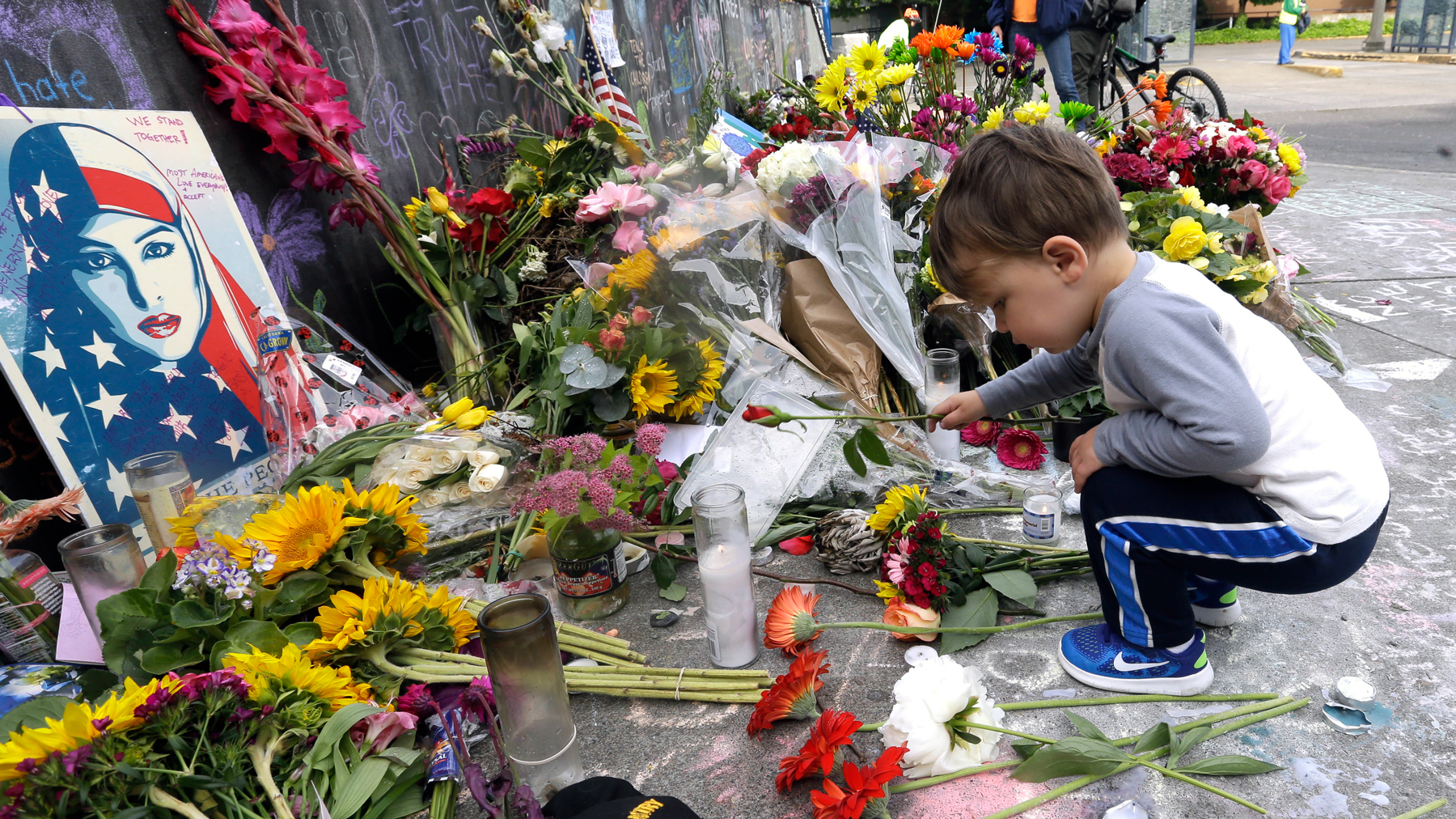Yesterday, the Federal Bureau of Investigation released its annual tally of reported hate crimes from around the country.
While the FBI’s report is hardly a comprehensive accounting of the total number of hate crimes occurring each year in the United States — the Department of Justice estimates hate crimes are probably 25 to 40 times higher than FBI totals — their annual count does provide some illustrative insights.
Their latest 2016 figures showed an overall 5% increase in hate crimes from the previous reported year in 2015.
One category that showed a strong and steady growth continues to be crimes motivated by anti-Muslim bias. Jumping up to 307 incidents, up from 257 in the previous year, this represents an approximate 19% increase. The number of victims increased proportionate to the general rise in incidents, from 307 in the previous year to 388 this year, or about 26%.
A closer look at key categories in slightly broader context reveals some possible emerging trends and factors likely associated with them. Below is a table, based on SPLC’s extraction of 2014 through 2016 FBI anti-Muslim hate crimes data.
Going back one year further to 2014, before Donald Trump announced his presidential candidacy, a few key things stick out.
First, when comparing 2014 to 2016 tallies, we find that the reported numbers of overall anti-Muslim hate crime incidents, victims, and known perpetrators, have grown significantly. During this period:
- The overall number of known offenders increased 61%.
- The overall number of incidents jumped 99%
- The overall number of victims soared 111%
Second, we extracted key offense categories, due to their physical severity and likely psychological impacts on targeted individuals and communities. The total number of reported anti-Muslim hate murders rose from zero in 2014 to four in 2015, before they dropped back to zero in 2016. In 2014 and 2015, there was one reported case of anti-Muslim arson each year, but that number rose to five in 2016.
However other offense categories have jumped dramatically during these years:
- Damage/Destruction/Vandalism: 104%
- Simple assault: 108%
- Intimidation: 125%
- Aggravated assault: 160%
The first three of these four categories saw their most dramatic increases between 2014 and 2015, with a slower, but steady increase continuing between 2015 and 2016. On the other hand, aggravated assault, spiked significantly in 2016 from 2015.
When we drill down into the extracted data on assaults and compare them to the overall number of anti-Muslim hate crimes, they appear to be occurring in a larger share of incidents. For example, aggravated assaults are being reported in a growing proportion of total anti-Muslim hate crime incidents (from 11% in 2014 to 17% in 2016). A similar picture emerges for simple assaults, which rose from 13% of total reported anti-Muslim hate crimes in 2014 to 17% in 2016. When both assault categories are combined together, assaults constitute 36% of total reported anti-Muslim hate crimes in 2014, but 41% of total reported hate crimes in 2016.
So what are we to make of all of these data points? There are at least three takeaways.
First, the data continues to be consistent with those who point to an association between the rise of Donald Trump’s anti-Muslim rhetoric and policies and the incidence of anti-Muslim hate crimes. By going as far back as 2014, we have a pre-Trump window into the prevalence of anti-Muslim hate crimes that then allows us compare them to the years since his political ascendance.
Second, beyond illustrating a growing expression of violent hate toward American Muslims, the FBI data may point toward another disturbing trend, namely that the nature of anti-Muslim hate crimes may be shifting toward targeting and physically attacking people.
Finally, the one silver lining may be a growing willingness to report violent bias-motivated crimes to authorities. It is important to remember that the FBI’s data is based on reported cases of hate crimes. The resurgent level of hate that Donald Trump has legitimated, including enabling extremist views into the White House, has obviously not gone unnoticed or uncontested. Part of the widening mobilization against hate appears to include a rising willingness of impacted individuals and communities willing to speak out.
Photo Credit: AP Photo/Don Ryan



